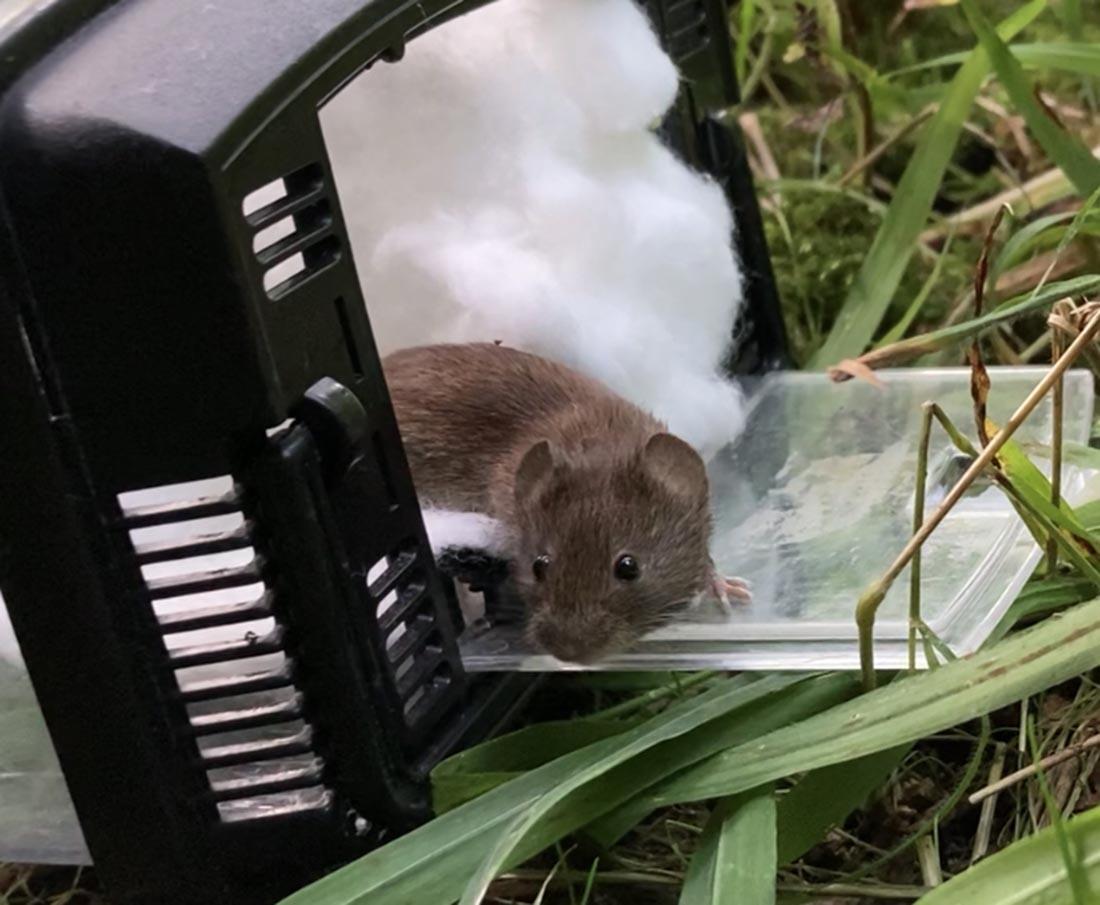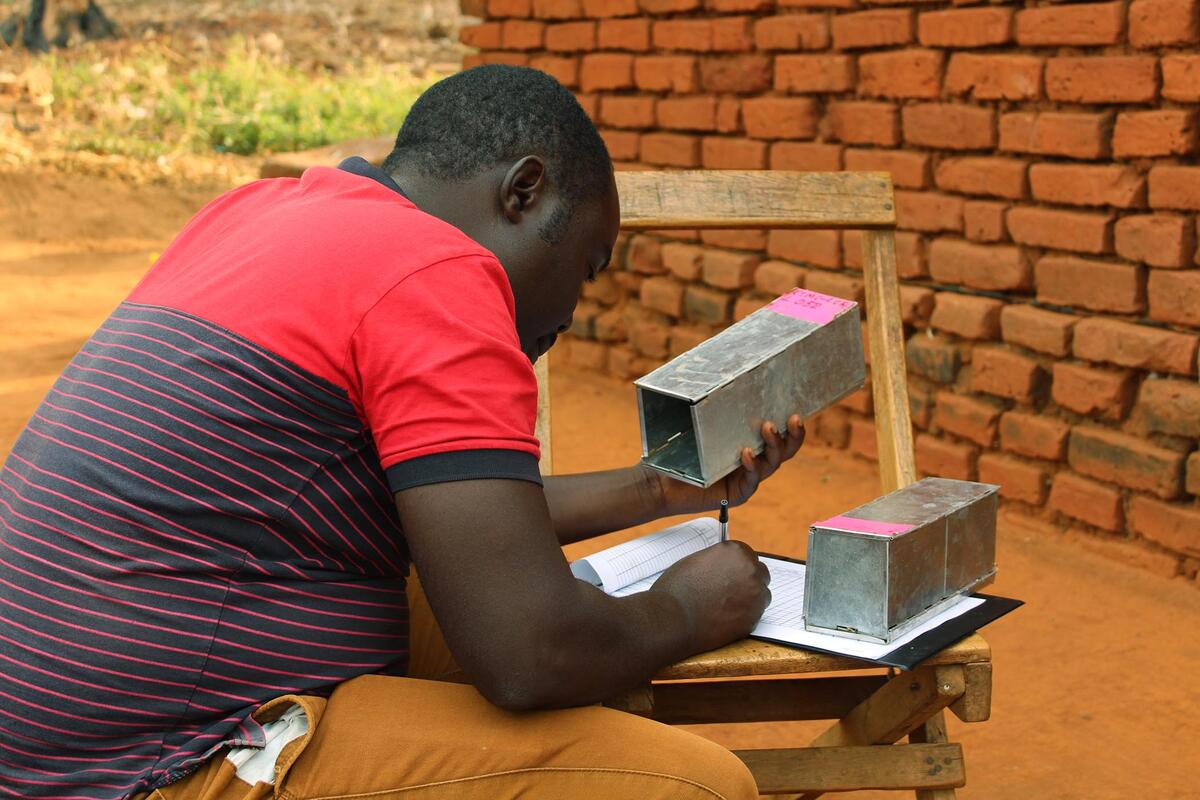
When, where, and why do diseases jump from animals to people? This project is investigating how changes in the environment affect the spread of viruses through rodent populations, and how those dynamics translate into risks for people. Our goal is to identify hotspots with high potential for spillover into people.
This three-year project, which began in late 2023, leverages an innovative combination of longitudinal field studies, metaviromic data analysis, and computational modeling to uncover the general principles governing pathogen emergence in rodents. Rodents are responsible for more zoonotic diseases than any other mammalian order.

Our field work takes place in two distinct ecosystems. In Wytham Woods, UK, we are examining how temperature, precipitation, humidity, and rodent behavior influence viral transmission. And in Eastern Uganda, we are assessing how land-use changes, such as deforestation and agricultural expansion, impact virus diversity and transmission. Field work at both sites involves trapping rodents, tagging them, and collecting fecal samples for viral RNA extraction. From there, metaviromics allow us to scan for a broad array of viruses in rodents, and see how they’re changing over time and space. Artificial intelligence helps us parse how these factors and others interact to influence virus abundance and spillover risk.
By integrating these diverse datasets and techniques, the project will improve our ability to predict zoonotic risks in changing environments, and provide actionable insights to reduce the risk of viral spillover to humans.

